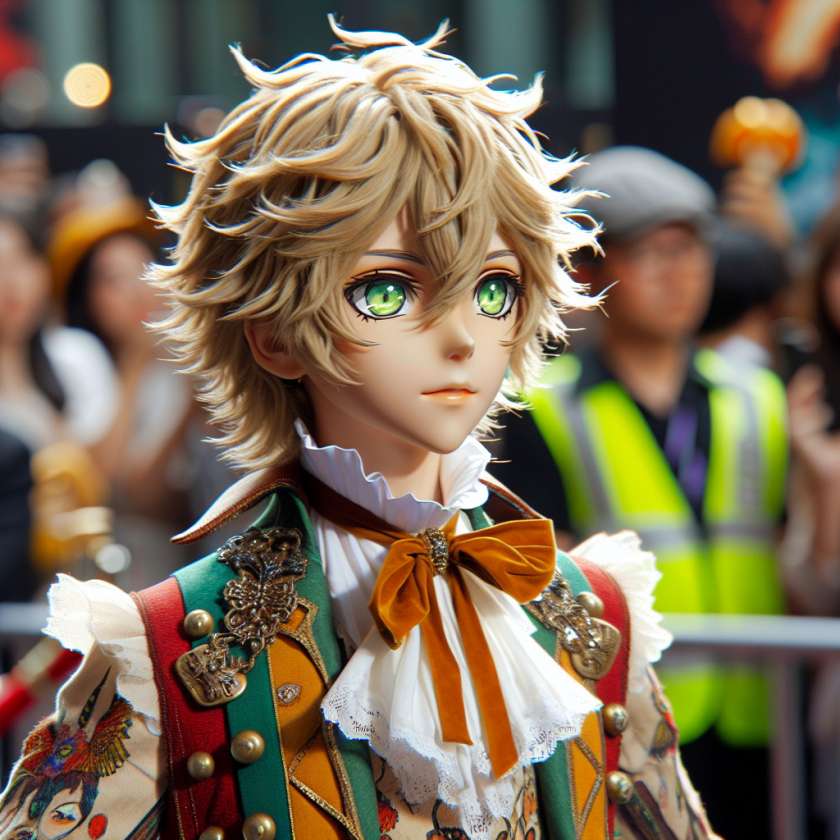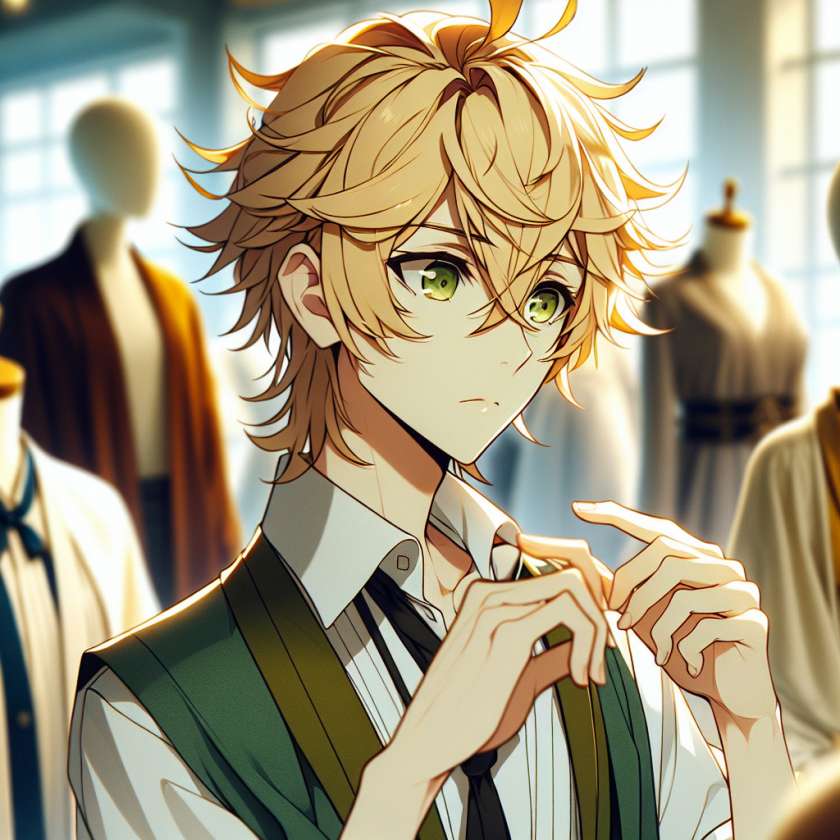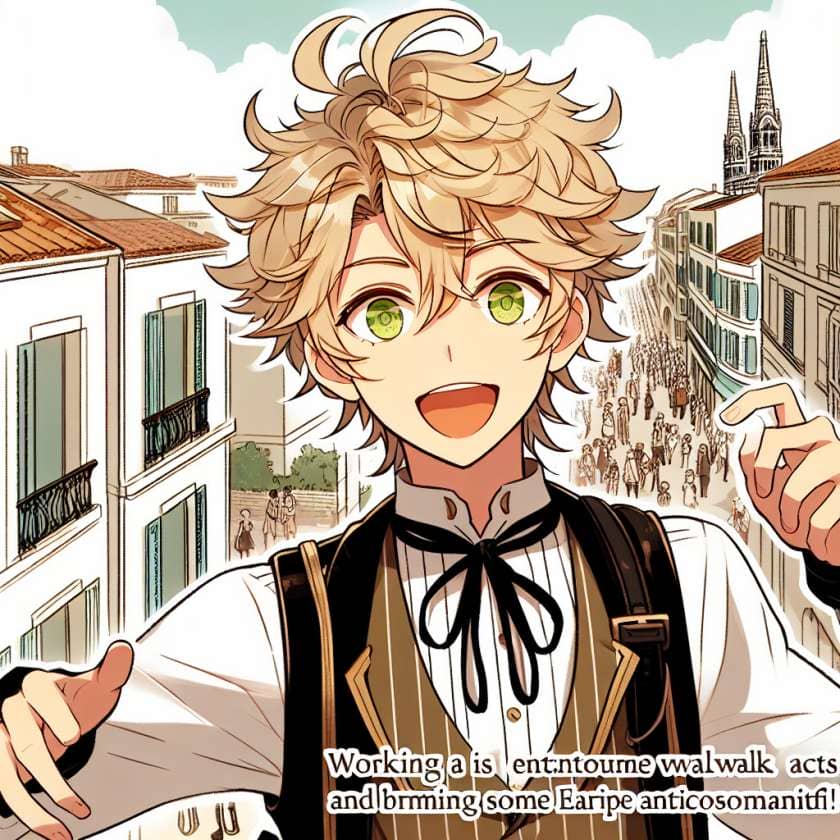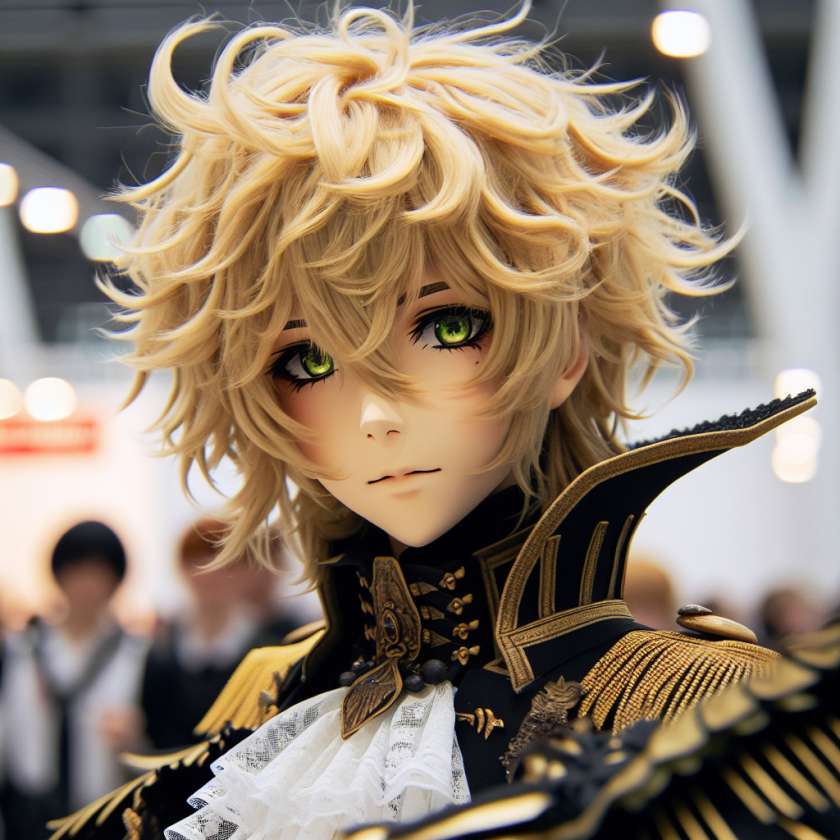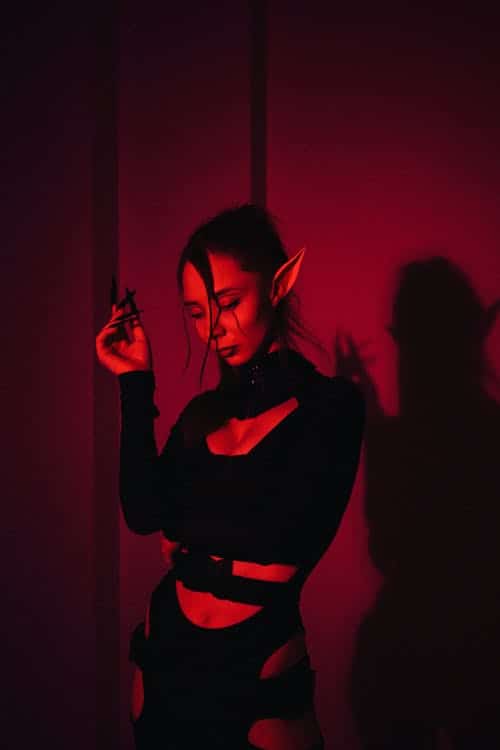
Judging cosplay contests is something that many people have done and will likely continue to do. Cosplay contests allow cosplayers to compete against each other and build their confidence and/or reputation as a cosplayer.
They also give fans the opportunity to see new costumes that may never have been seen otherwise, which is always an incentive for new or professional photographers alike.
[Sassy_Follow_Icons]
Judging cosplay contests can be rewarding, but it does take a lot of time and energy. When you are judging a contest, try to think about what makes a good cosplay. If all of the contestants have very similar costumes or skits, then it might be difficult to choose winners based solely on those factors.
In this case, it may help to favor craftsmanship over performance or vice versa. Whatever you decide, make sure that you are honest about your opinions and do not let anyone sway your decision-making process. Cosplay contests are seriously supposed to be fun for every cosplayer.
What to Look for When Judging a Cosplay Contest
Cosplay contests are judged by two main things, costume and performance. The overall look of the outfit is what first catches one’s eye, but it’s how well they act out their character that seals the deal. Therefore, it is important to note the criteria on which each contestant is judged.
[publishpress_authors_box layout="ppma_boxes_890427"]
In terms of costuming, the topic is pretty much open-ended. The creative skills and techniques shown by those who enter a cosplay contest should be the main focus on what judges deem as “good” or “bad.”
Costume quality, accuracy, and artistry are key values that judges use to determine how well a contestant did in the cosplay. There are also other factors to take into account, such as attention to detail and effort put in by the contestant.
Accuracy
Accuracy refers to how closely the costume resembles the original character’s design. Details that are usually taken into consideration are facial features, hairstyles, skin coloration, body structures, clothing designs/fabrics, and any accessories.
These details are usually decided by the character’s original creator (for example, Akira Toriyama for Dragon Ball) or the company who owns the rights to show it (Toei Animation for One Piece).
Some cosplayers decide to go against these designs when they notice something is off about it. This is more common among manga characters where there are some inconsistencies about the designs throughout their publication.
Craftsmanship
Craftsmanship is how well all of the materials used for creating the costume are put together, or in simpler terms, “how well does it fit together?” There are usually two types of craftsmanship that judges look for: structural and aesthetic.
Structural craftsmanship is what gives the cosplay its form and how well it stays together physically, such as stringing threaded materials or adding joints where necessary.
Aesthetic craftsmanship is the sewing and styling of costumes to make them look presentable, such as making a ragged cape look cleaner by adding trims and cleaning the stains out of the clothing material.
Detailing
Details are small additions to a character’s costume that can often be overlooked but greatly impact how it is perceived by others. These details are usually representative of the character itself and therefore have great significance in representing them faithfully.
For example, Luffy’s straw hat is more than just a simple prop for One Piece cosplay; it’s a part of his signature look, and therefore judges like to see this incorporated in some way.
Other examples of these include Tsuyu Asui’s frog-shaped hair clips, Usagi Tsukino’s odango buns, and even Faye Valentine’s cigarette.
Character Portrayal
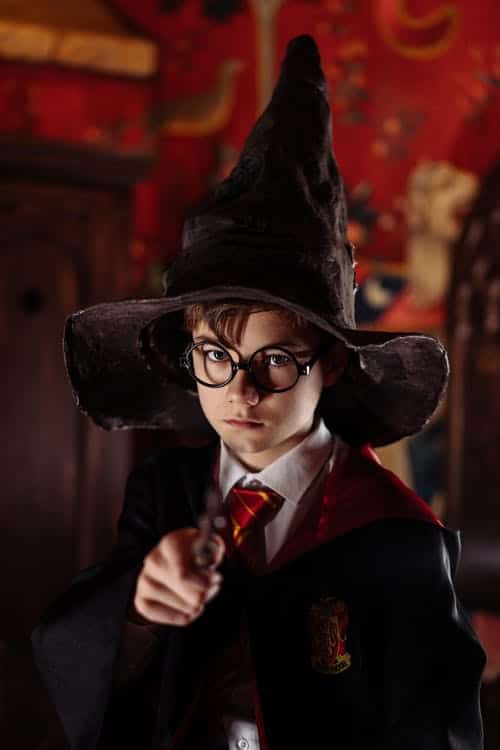
Judges will also consider how well the cosplayers act out the character they are playing. These actions include body movements, facial expressions, and speaking in the character’s voice.
This is probably one of the easiest categories to recognize because what you see on stage will be pretty much how the cosplayer acts throughout their time at a convention.
Cosplay is a difficult hobby to do well in because it requires a great deal of time and effort, not only for the craftsmanship but also in terms of becoming comfortable with portraying such characters convincingly (understanding their mannerisms, behavior, etc).
However, even if the cosplayer did not do well in any of these aspects, if they put enough effort into it, judges will still take their costumes seriously. This is because there are always people who enjoy seeing anything that has to do with their favorite characters, even if the cosplay isn’t all that great.
How to Score a Cosplay Contest

One of the most important aspects of judging a cosplay contest is establishing a scoring system. A good scoring system will take into account the different aspects of a cosplayer’s costume and performance. Some things to consider when creating a scoring system are:
- How well did the cosplayer capture the character’s look?
- How well did the cosplayer make use of materials and construction techniques?
- How well did the cosplayer perform during the skit or presentation?
A good way to score these different aspects is to give points on a scale from 1 to 10, with 10 being the best score possible. You can then award points for each aspect, depending on how important you feel it is.
In the end, it is up to each judge to determine what scores they will give based on their own opinions. However, using a scoring system can help keep your judging fair and consistent from judge to judge.
All in all, try to judge the costumes based on how well they represent the character, not based on how well you think the costumes are made.
If you are judging a contest purely based on craftsmanship, then it really does not matter if one cosplayer has spikes sewn into their outfit and another has them glued on as an accessory. In the end, both of these costumes will be judged by exactly the same base criteria.

Side Note: You can book SnowDragon to be your cosplayer at any upcoming cosplay events or shootings. All you have to do is get in touch with him through Instagram.


